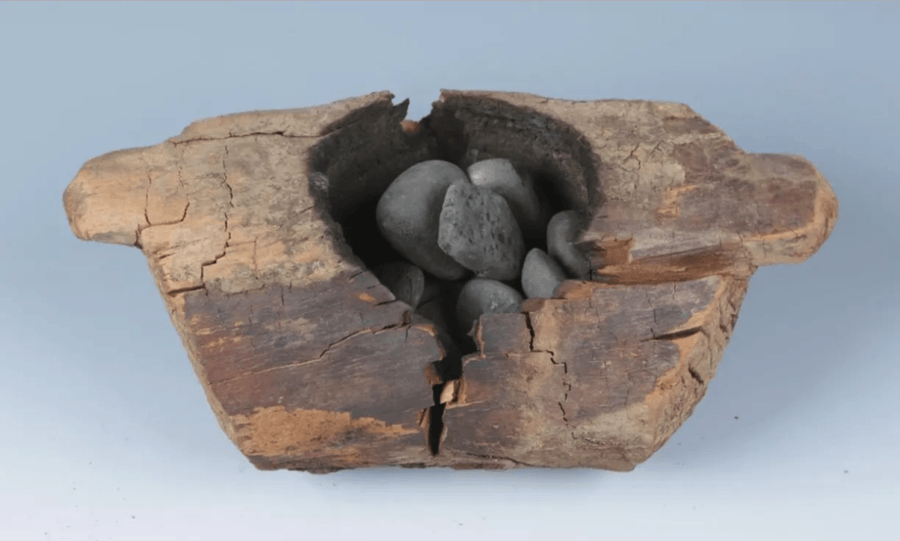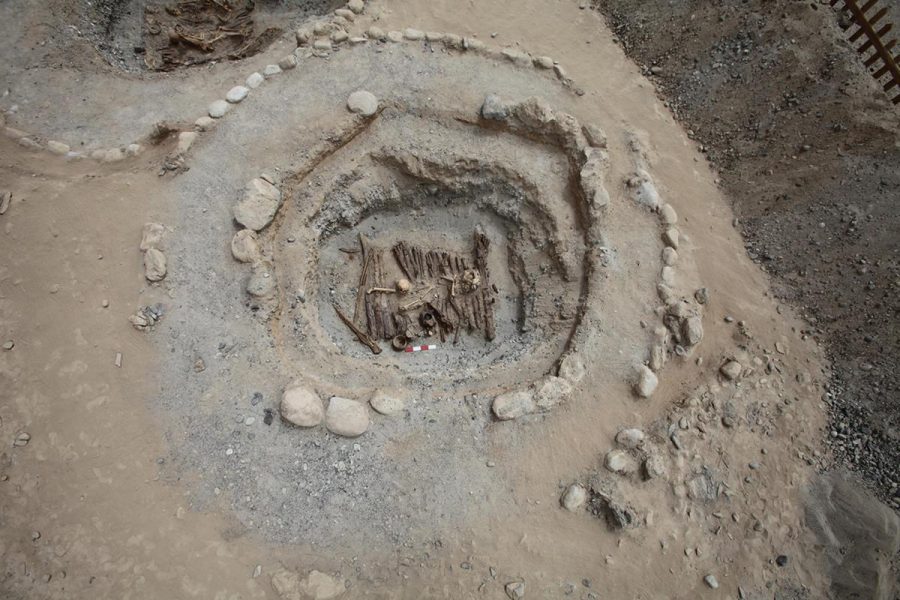Mourners smoked psychoactive pot in Asian cemetery 2,500 years ago, say international researchers
Molecular remnants of THC were found inside heat-exposed bowls, indicating that this could be the first time humans used cannabis plant for its psychotropic effects
Some 2,500 years ago in Central Asia, humans started smoking THC-rich weed for the first time. This is what a group of international researchers claim, after a paper was recently published in the journal Science Advances pinpointing the exact location in which the plant matter was burned.
The researchers investigated the archaeological remains found at Jirzankal Cemetery, which can be found in the Pamir Mountain range; a plateau located at the junction of the Himalayas. Here, they excavated 10 heat-exposed bowls, of which the team determined were used to burn various types of herbs, plant matter and incense.
Nine out of 10 plants contained traces of cannabis and unlike previous discoveries of cannabis found at cemeteries dating back to the sixth century, this one was different. Why? Because the international researchers claim that their research uncovered psychoactive plant matter.
Traces of psychoactive cannabinoid detected in bowls found at Central Asian burial site

A previous discovery led to a tomb in northwestern China, where a man with 13 cannabis plants adorning his chest was laid to rest. The tomb inside which the discovery was made (M231) dates back to sometime around 790–520 BCE. It can be found at Jiayi Cemetery in Turpan, Xinjiang.
“13 nearly whole female Cannabis plants were laid diagonally across the body of the deceased like a shroud, with the roots and lower parts of the plants grouped together and placed below the pelvis,” wrote the researchers, who did not detect any of cannabis’ psychoactive compound THC (tetrahydrocannabinol).
This is what makes the Jirzankal Cemetery discovery different. Molecular remnants of THC were found inside heat-exposed bowls, indicating that this could be the first time humans used cannabis plant for its psychotropic effects. No other discovery has even come close to finding cannabis-smoking paraphernalia.
Researchers say cannabis contains more THC when grown at high altitudes

No other ancient site has been found to contain higher traces of psychoactive cannabinoids, making the findings at Jirzankal Cemetery significant for understanding cannabis’ long history.
The researcher’s findings suggest that ancient Asians might have started cultivating weed specifically to glean the plant’s therapeutic and sedating effects. THC is responsible for inducing feelings of psychoactivity and is associated with the famous ‘high’ that today’s recreational consumers still enjoy.
According to the researchers, the environment in which the traces of cannabis remains were found played an important role in the THC content of plants grown in the region. Numerous environmental factors are known to influence the potency of cannabis plants, including the altitude, climate, and sunlight. With an elevation level of 10,000 feet, Jirzankal Cemetery would have made it easier for people to access high-THC strains of weed all those years ago.








